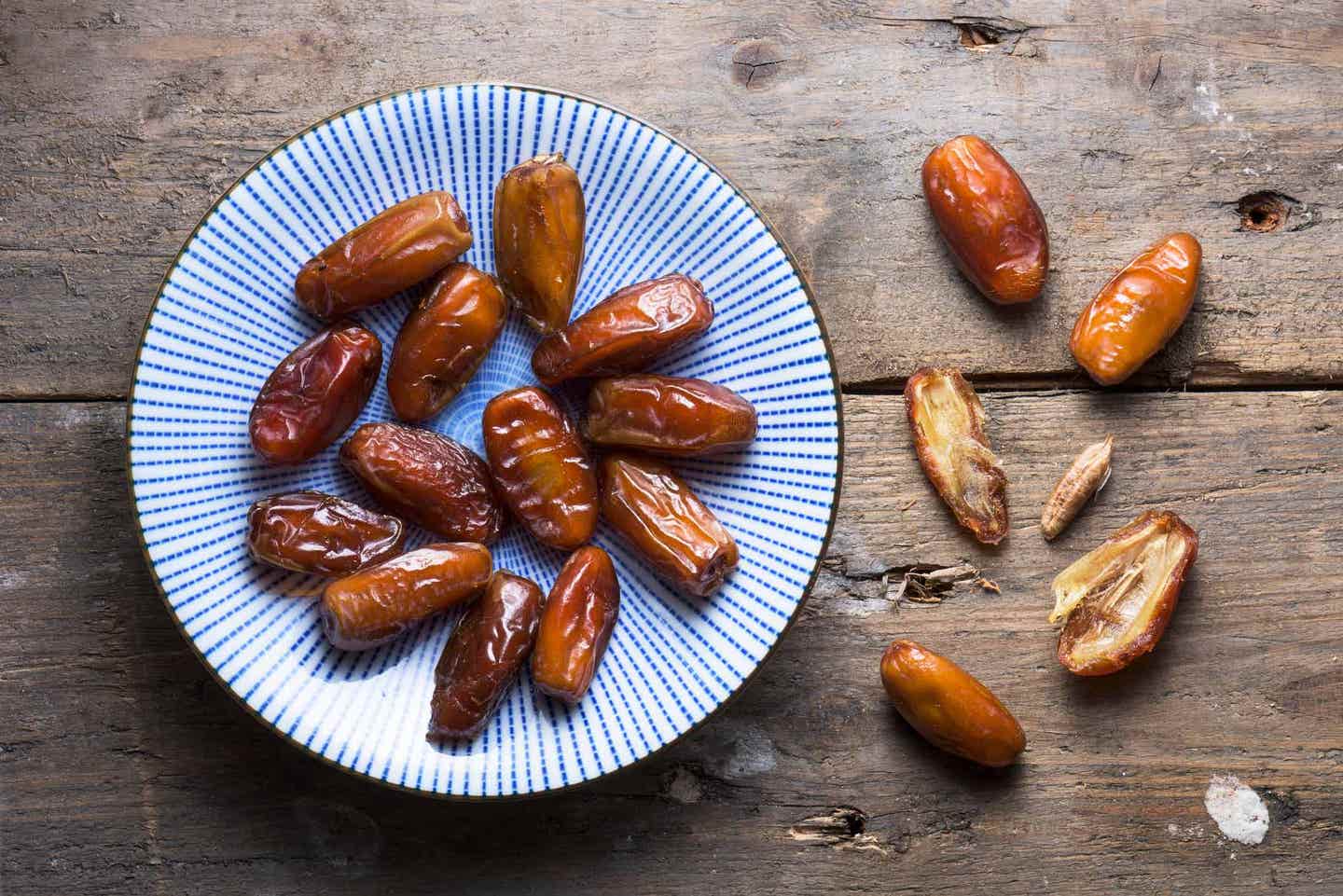Many of us are intimidated by the thought of transitioning to a whole-food, plant-based diet. But the truth is that we can still indulge in old favorites including cream sauces, sautéed dishes, and even ice cream by replacing health-defeating ingredients such as oils, sugar, and dairy products with delicious and healthful alternatives. Here are five easy dinner swaps for meals that are even better than the originals.
1. Swap Cauliflower for Cream in Sauces
It may be hard to imagine a vegetable taking the place of dairy products in our favorite cream sauces, but cauliflower does the job beautifully. It provides a thick, delicious base without the health pitfalls of dairy. You’ll need an immersion blender or a blender with a tight-fitting lid to make sauces such as Cauliflower Bechamel, which perfectly complements pasta or vegetables. Create your own creamy sauces by steaming half a medium head of cauliflower (cut into florets), and blending it with 1¼ cups of water. Then add your preferred flavor enhancers such as nutritional yeast, herbs, lemon juice, soy sauce, etc.
2. Sauté with Water or Broth, Not Oil
By using water or vegetable broth, we can enjoy sautéing without fatty oils. This simple swap can be used in your favorite recipes that call for sautéed vegetables. Just add 2 tablespoons of water (or vegetable broth) to your pan, turn up the heat, and toss in your vegetables. Stir frequently, and if vegetables start to stick, add more water, 1 or 2 tablespoons at a time. To try out this easy technique, whip up a batch of Costa Rican Rice and Beans.
3. Top a Salad with Beans and/or Grains Instead of Meat
You may have previously topped vegetable salads with meats for main courses, but you can easily assemble substantial salads with complex textures and flavors—all without animal products. Canned or home-cooked beans come in an array of colors and shapes, and turn a simple salad into a satisfying meal. Toss in a cooked grain such as quinoa, brown rice, or farro for good measure. Pro tip: Warm up the beans and/or grains before adding them to a salad: The heat will slightly wilt the greens, making the salad more interesting.
4. Replace White Pasta with Whole-Grain Noodles
Basic white pasta is an American staple, but there are a number of healthier (and more flavorful) alternatives. Many whole grain pastas are available, including whole wheat (Whole Foods 365 and Trader Joe’s brands get top taste ratings from Consumer Reports), quinoa, and brown rice varieties that add a richer flavor to already delicious dishes. Tinkyada brown rice pasta is a favorite among plant-based chefs. Top any of these pasta options with an easy homemade Tomato Sauce and a sprinkle of nutritional yeast for a cheesy flavor.
5. Trade Out Traditional Ice Cream for Frozen Banana Soft-Serve
Eating a WFPB diet doesn’t mean forfeiting delicious desserts. Skip classic dairy- and sugar-laden ice creams in favor of creamy frozen treats made with real fruit. With the help of a high-speed blender or food processor, frozen bananas can be made to mimic soft-serve ice cream. Peel and cut your bananas into 2-inch pieces, and freeze them overnight. Then blend the bananas in a high-speed blender until smooth. If you don’t have a heavy duty blender such as a Vitamix or Blendtec, use a food processor instead, as the frozen bananas could overpower a lightweight machine. For a truly impressive dessert that takes this simple method to the next level, try FOK’s delectable Strawberry Chocolate Ice Cream Cupcakes.

Related News
Get Our Best Price On The Forks Meal Planner

Forks Meal Planner takes the guess work out of making nutritious meals the whole family will enjoy.
SAVE $200 ON OUR ULTIMATE COURSE

Join our best-selling course at a new lower price!



